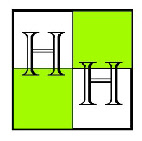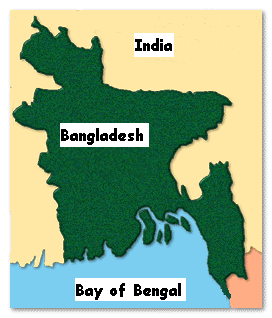

Housing & Hazards
Why are traditional house forms no longer adequate?
Vulnerability to natural hazards is increasing in rural Bangladesh for a number of reasons. Pressure of population and the need to put more good land to agriculture also means that ever more people can only live on riverbanks or in coastal areas leaving them more exposed.
In order to become self-
A generation ago, people used to be able to freely find these materials locally in the forests.

Choices and aid
Determining how best to provide support is not always straightforward. Many organisations provide help and the local people know that there is help at hand. However, lack of local involvement and poor communication can often result in aid being used inefficiently.
In one of our early visits
to Bangladesh we met a fisherman and his family who had lost everything
in the 1991 cyclone. They borrowed $125 (six months' earnings) at 10%
interest per month from a money lender. They spent one third of this
money on food and replacing household assets and the rest on repairs to
their boat -
Later, a non-
Housing and Hazards was set up to provide people with real appropriate choices and involvement in their survival strategies.

Technologies and communication
Over 80% of Bangladesh's houses are in rural areas and three quarters of those are
of either non-
Even when these technologies can be communicated to the local people, they are not necessarily embraced for a variety of reasons:
• a hand-to-mouth existence means that earning a wage is the priority for most people
• they do not always own the land and could be evicted at any time
• there are so many hazards that the benefits derived from the extra expense seem too marginal
• the extra cost is too great
• even when information does reach the local people it is misunderstood due to a lack of local context or illiteracy
The Housing and Hazards group is addressing these issues by investigating means of improving communication at the grass roots level and researching affordable technologies that can be implemented by the local people.
In Bangladesh